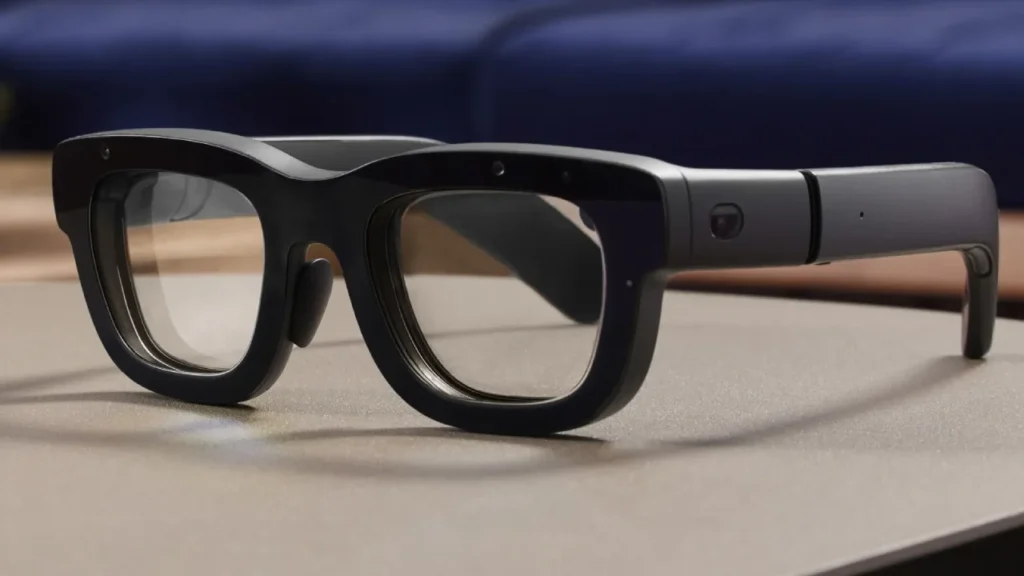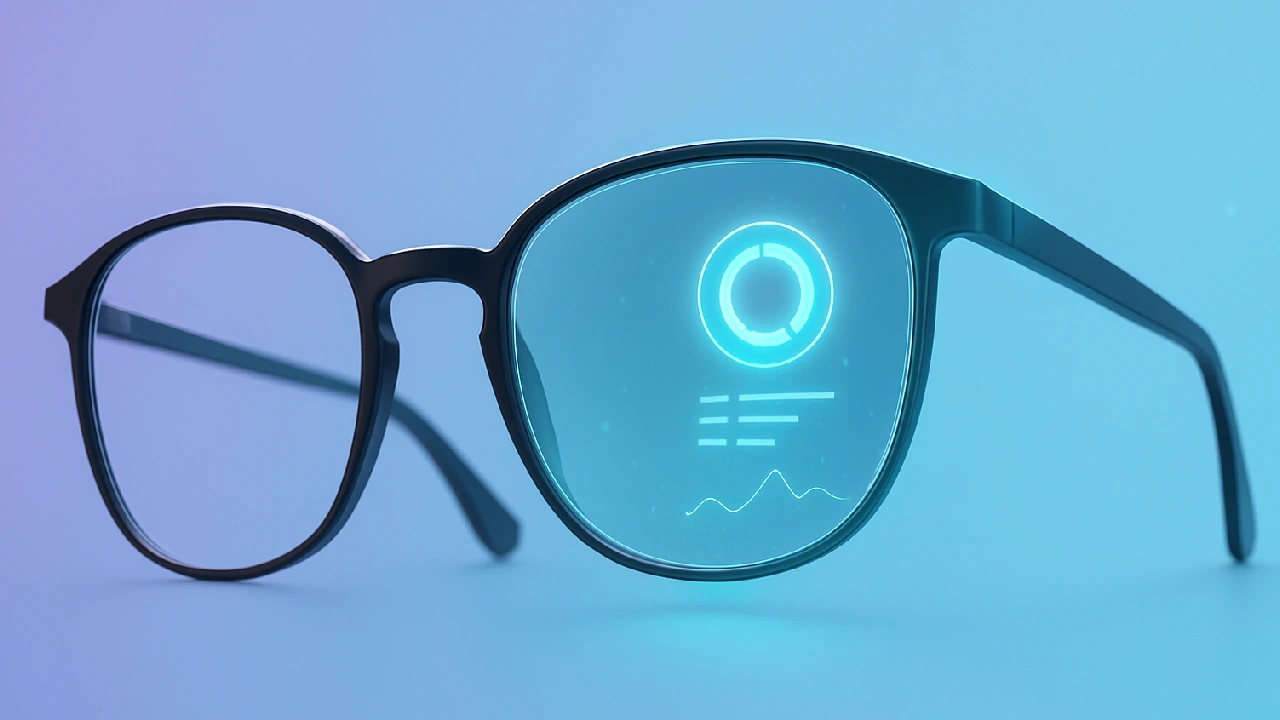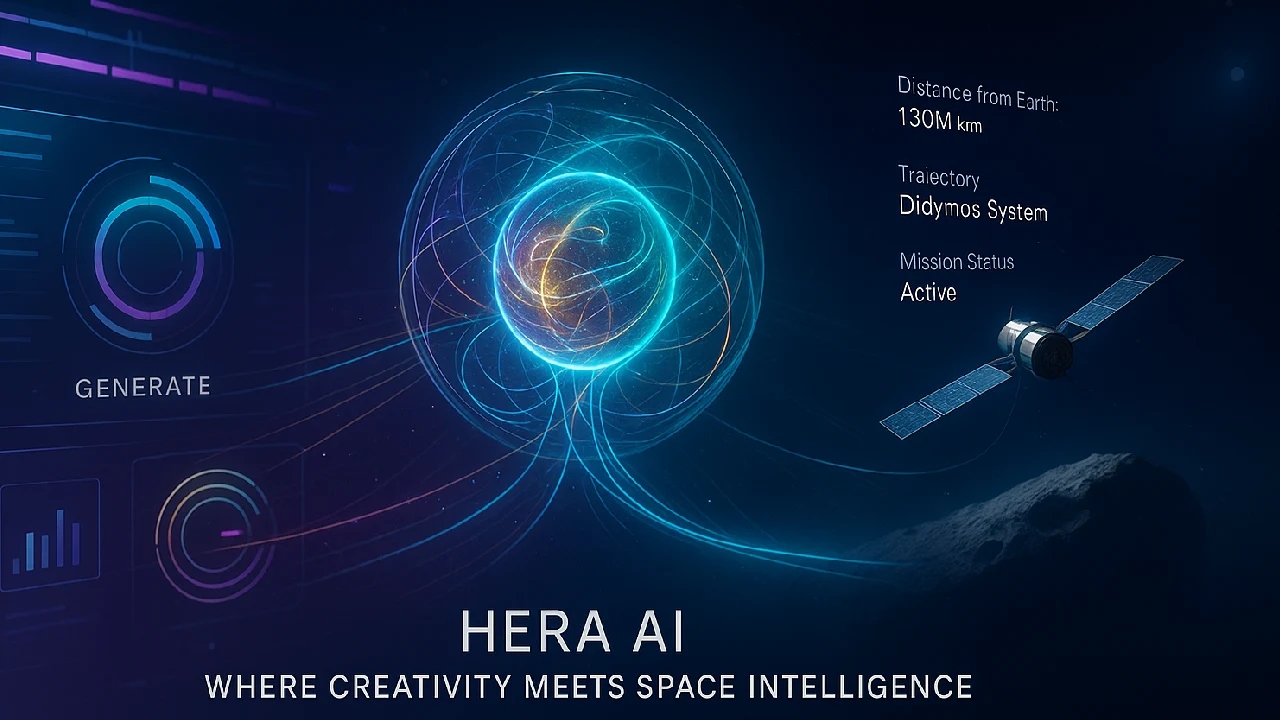Brilliant Labs Halo Smartglasses offer 14 hours of battery life, a multimodal AI assistant Noa, and open-source development tools for just $299, making them a significant advancement in AI wearables.

Brilliant Labs’ Halo Smartglasses combine artificial intelligence, lightweight design, and cost. At just $299, these glasses promise 14 hours of battery life, strong AI via the Noa assistant, and open-source development support. But do they truly represent a leap forward in AI wearables, or are they simply a tech experiment for enthusiasts? Let’s dive in.
What is Halo Smartglasses
Brilliant Labs’ Halo Smartglasses debuted on July 31, 2025, as their third major product following Monocle and Frames. Unlike many competitors, Halo prioritizes developers, providing full open-source access, a bespoke SDK, and interaction with Flutter for iOS and Android. Its promise: an AI-powered, lightweight wearable that you can use all day for a competitive price of $299.
Pre-orders are now open, with global deliveries scheduled for late November 2025. When compared to more expensive competitors such as the Ray-Ban Meta, Halo stands out for its low price, long battery life, and open development strategy.
Halo Smartglasses Design and Key Features
Halo is designed to be practical yet futuristic.
- Weight & Comfort: Just over 40 grams, making them feel like regular glasses for extended wear.
- Display: A 0.2-inch microOLED module projecting full-color visuals, with adjustable IPD (58–72mm) and diopter corrections (+2 to -6). However, the monocular display (640×480, 20° FOV) might limit immersive depth compared to dual-display systems.
- Processor: The first product powered by Alif Semiconductor’s B1 chip, optimized for edge AI/ML inference with ultra-low power consumption.
- Audio: Bone conduction speakers provide stereo sound while keeping ears free.
- Sensors: Includes IMU orientation tracking and an AI-optimized optical sensor to “see” the environment for contextual AI tasks without draining battery.
- Battery: Up to 14 hours runtime, a huge jump over the ~4 hours offered by most competitors.
Overall, Halo Smartglasses is built for long-lasting, everyday usability while keeping its hardware subtle enough to blend in.
AI and Software Capabilities
At the heart of Halo is Noa, a multimodal AI assistant who can see, hear, and respond in real time. Key Highlights:
- Conversational Agent: Near real-time dialogue with contextual awareness.
- Narrative Memory: A patent-pending system that lets Noa remember past interactions, building a personalized knowledge base over days.
- Vibe Mode: Lets users create mini-apps through natural voice commands — no coding required. Apps can be shared and remixed, though the lack of a formal app store raises questions on monetization.
- Control Features: Voice-driven commands for system-level actions like standby or mic mute.
- Translation: Multilingual support across 20+ languages, useful for travelers and global teams.
This distinguishes Halo as more than simply glasses; it is an AI companion that evolves with your use.
Privacy and Security
Privacy is a major selling point. Brilliant Labs claims:
- Noa acts like a VPN, masking unique identifiers.
- All captured audio/visual data is converted into irreversible mathematical representations, with no raw storage.
- No third party, including Brilliant Labs, can access user data.
However, critics point to the company’s out-of-date privacy policy and want greater transparency about how features such as Narrative manage sensitive data.
Why It Matters / Benefits
- For Developers: Open-source + SDK = playground for building new AI glasses experiences.
- For Users: Affordable, long-lasting, and lightweight alternative to premium options like Ray-Ban Meta.
- For the Market: Sets a new price-performance benchmark for AI wearables.
Halo’s combination of cost, transparency, and innovation has the potential to increase the adoption of AI wearables.
Final Take
Brilliant Labs’ Halo Smartglasses aren’t ideal; the single display and design may divide opinion. But, for $299, with a 14-hour battery life and developer-friendly features, Halo takes a big move toward mainstreaming AI wearables. If you’re a developer, early adopter, or AI fan, Halo deserves your attention.







